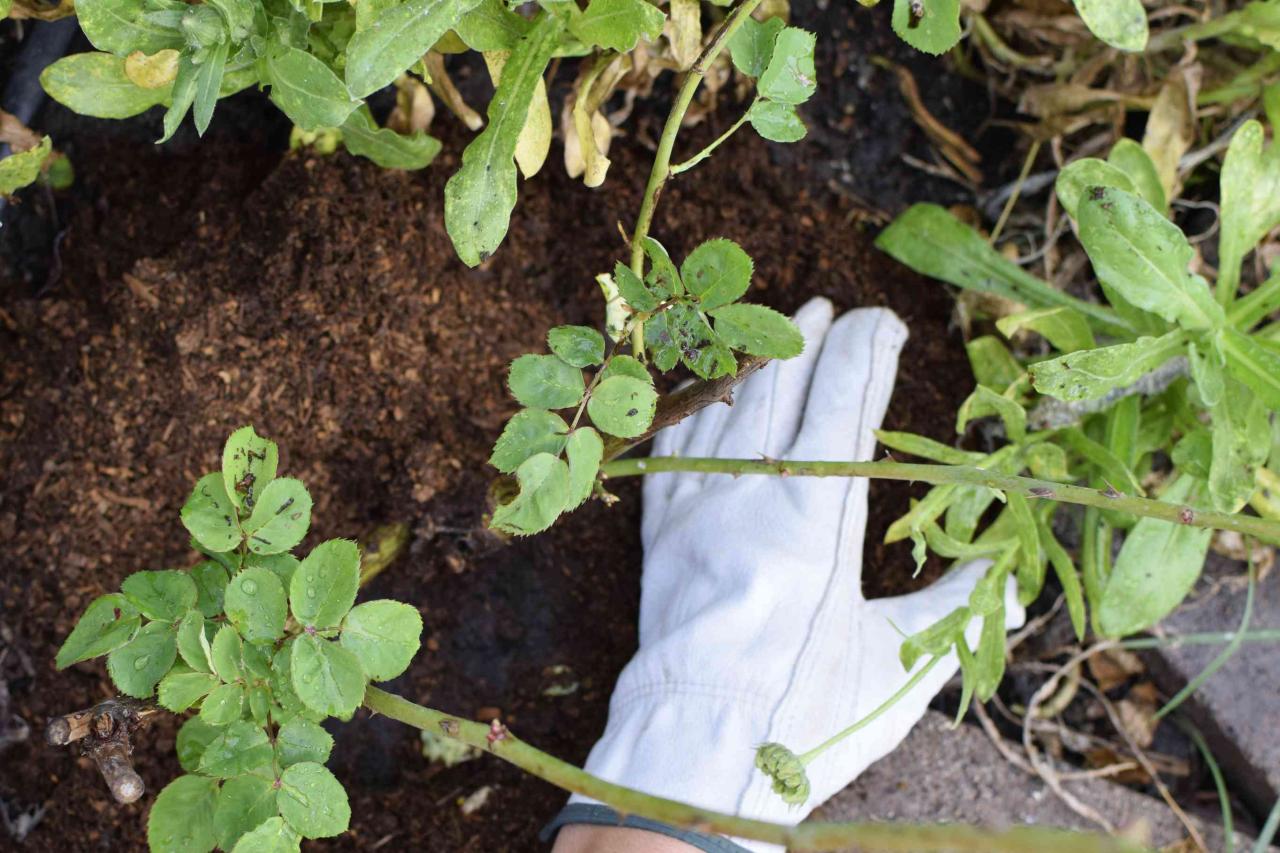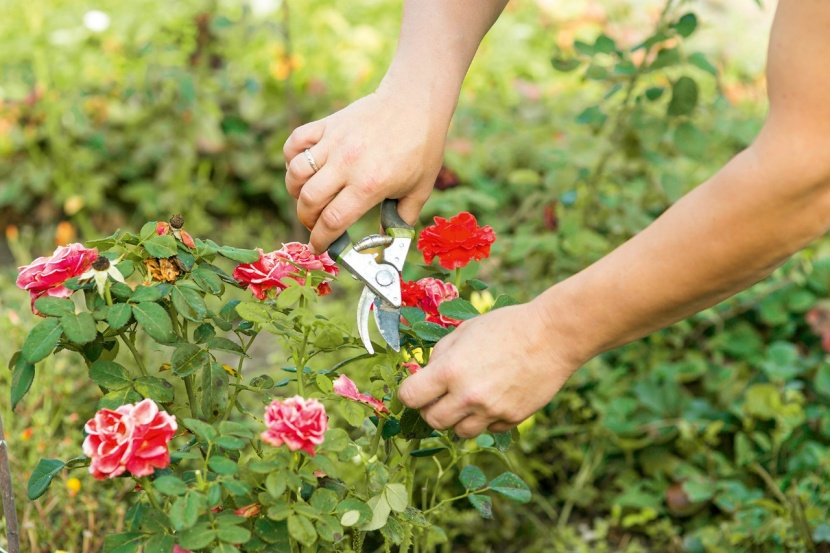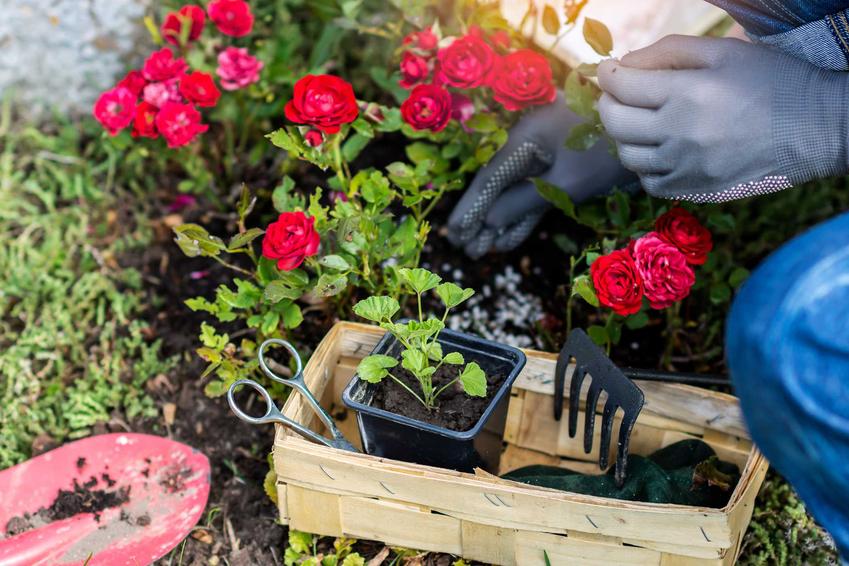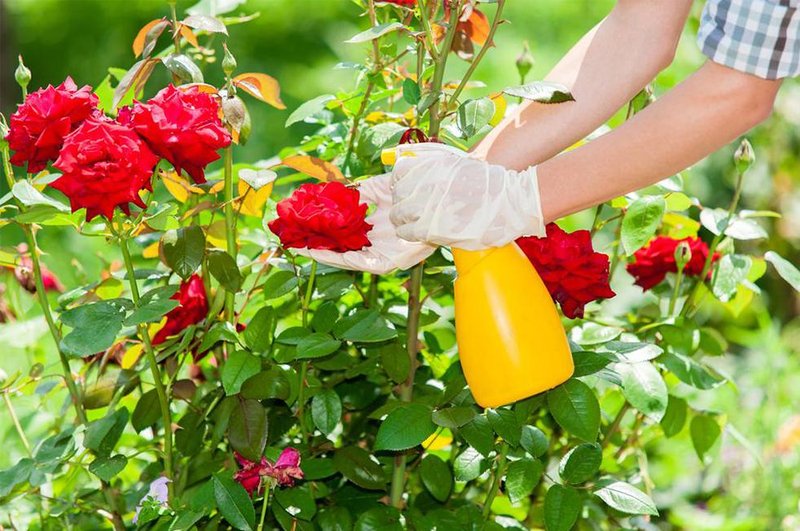Preparing rose bushes for the growing season in spring may vary depending on your region and the type of roses you have. In frost-free zones, where roses might remain evergreen, unwinterizing involves moderate pruning and providing extra fertilizer for robust growth. However, in colder zones, you may need to dig up roses that were buried in the ground for winter protection.
Regardless of the region, there are four essential tasks that most gardeners should perform to revive hybrid roses and promote abundant summer blooms. While roses are often considered challenging to grow, they can thrive even with minimal care. However, taking proper early-season steps can reduce potential problems and ensure a successful growing season.
Remove Winter Rose Protection

In colder growing zones, hybrid roses are usually protected during winter, and early spring marks the time to remove any winter coverings. It’s crucial to wait until you are confident that there won’t be any more freeze and thaw cycles that can harm tender rose growth. The damage to roses is often caused by repeated freeze-thaw cycles, not just the cold weather alone.
The purpose of covering roses is not to prevent freezing but to keep them frozen until the risk of frost has passed. Only uncover your roses when you’re sure warm days won’t be interrupted by freezing nights.
In some colder zones, gardeners may completely cover the rose bush with cages or bags of dried leaves or straw. Uncover the roses when spring bulbs like tulips and daffodils start blooming. Remove the soil or mulch used to protect the graft union, and clear any debris or leaves used for insulation. Exposing the graft union helps identify growth that might be from the wild rootstock and not produce the desired blooms.
In very cold zones, hybrid roses are often overwintered by trimming and binding up the canes, burying the bush in a trench, and covering it with soil and mulch. When spring arrives, remove the mulch, dig up the roses, and bend them upright. Pack the soil around the roots firmly to support the bush but ensure the graft union remains exposed.
For rambling, climbing roses, winterizing involves laying the long canes flat on the ground, securing them, and covering with soil and mulch. In spring, uncover the canes, secure them to the supporting fence or trellis once again after carefully removing the soil and mulch.
Prune Your Roses

If you didn’t trim your roses as part of the winterizing process, early spring is an excellent time to inspect the bushes and do any necessary pruning. Even if you did some pruning in the fall, the tips of canes might have died back, requiring additional pruning. Pruning before the leaf buds open directs the rose bush’s energy into new growth.
Using sharp pruners, cut back each cane in short segments until you remove all dead wood and reach the green, growing wood. The amount of old growth to remove depends on the severity of the winter, but even cutting back nearly to the level of the root graft should allow your rose to recover.
Warm climates: Spring pruning in warm climates can start in January. For areas that don’t experience freezing temperatures, like Florida and Southern California, roses may not need much pruning. However, some thinning is advisable to remove any diseased and dead wood. Gardeners in warm regions can also try removing all the leaves during spring pruning, fooling the rose into a brief period of dormancy and allowing it to start fresh for the season. Ensure to rake and remove all debris from the rose bed.
Cold climates: In areas with freezing winter temperatures, wait until about April to prune your roses, as the canes could suffer more winter damage if pruned earlier. Once the leaf buds begin to swell on the bush (around the time forsythia bushes start to bloom), it’s safe to proceed with pruning.
Feed Your Rose Bushes

Like most plants, roses benefit from a good feeding in the spring when they start actively growing. You can fertilize them for the first time at pruning time. There are several quality rose foods available on the market, or you can use a general all-purpose fertilizer. Slow-release fertilizers will require less frequent applications compared to water-soluble fertilizers.
Some rose gardeners also like to add a handful (about 1/4 cup) of Epsom salts to their roses at feeding time. While the exact benefits of the extra magnesium have not been proven, many experienced gardeners swear by it.
If you prefer to create your own rose food, you can use a balanced mixture of ingredients, such as:
- 1 cup cottonseed meal
- 1 cup bone meal or superphosphate
- 1/2 cup blood meal
- 1/4 cup Epsom salts
Spread the mixture around the perimeter of the rose bush, at the drip line, gently scratch it into the soil, and water thoroughly. This will provide your roses with the essential nutrients they need for healthy growth and abundant blooms.
Spray for Diseases and Pests

Roses unfortunately have a tendency to be susceptible to fungal diseases. While choosing disease-resistant rose varieties suitable for your region can help, it’s challenging to prevent all fungal issues entirely. Even if you grow roses organically, considering preventative spraying in the spring is advisable.
For spring spraying, using lime sulfur is a good option. It helps eliminate any fungus spores, such as black spot, that might have survived the winter. Additionally, a spray of horticultural oil will effectively smother any insect eggs and larvae.
By implementing these spring rose care measures, you can give your roses a healthy start for the season. Alongside pruning, fertilizing, and spraying, ensure that your roses receive sufficient water and regularly inspect them for any signs of problems. The effort you invest in spring will pay off throughout the entire growing season, rewarding you with beautiful and thriving roses.













Leave a Reply